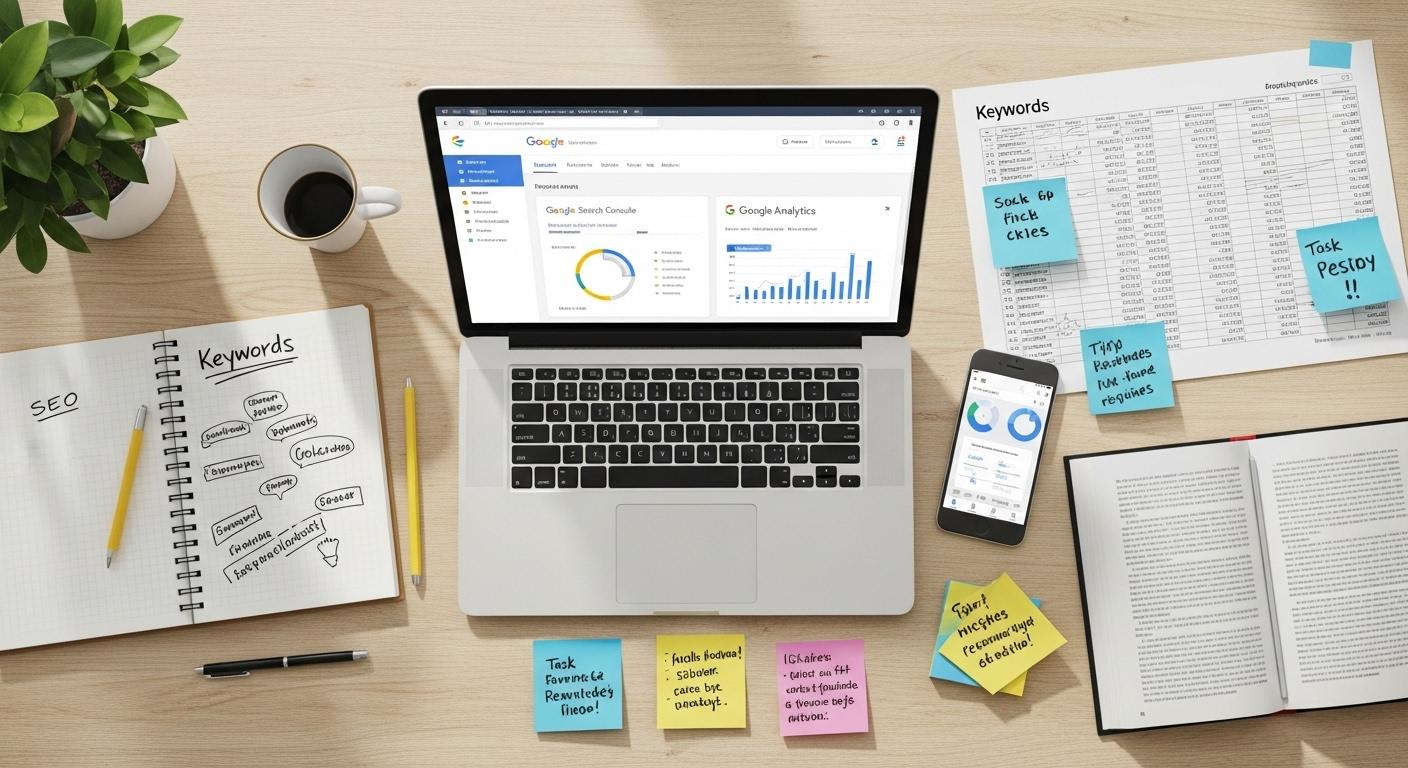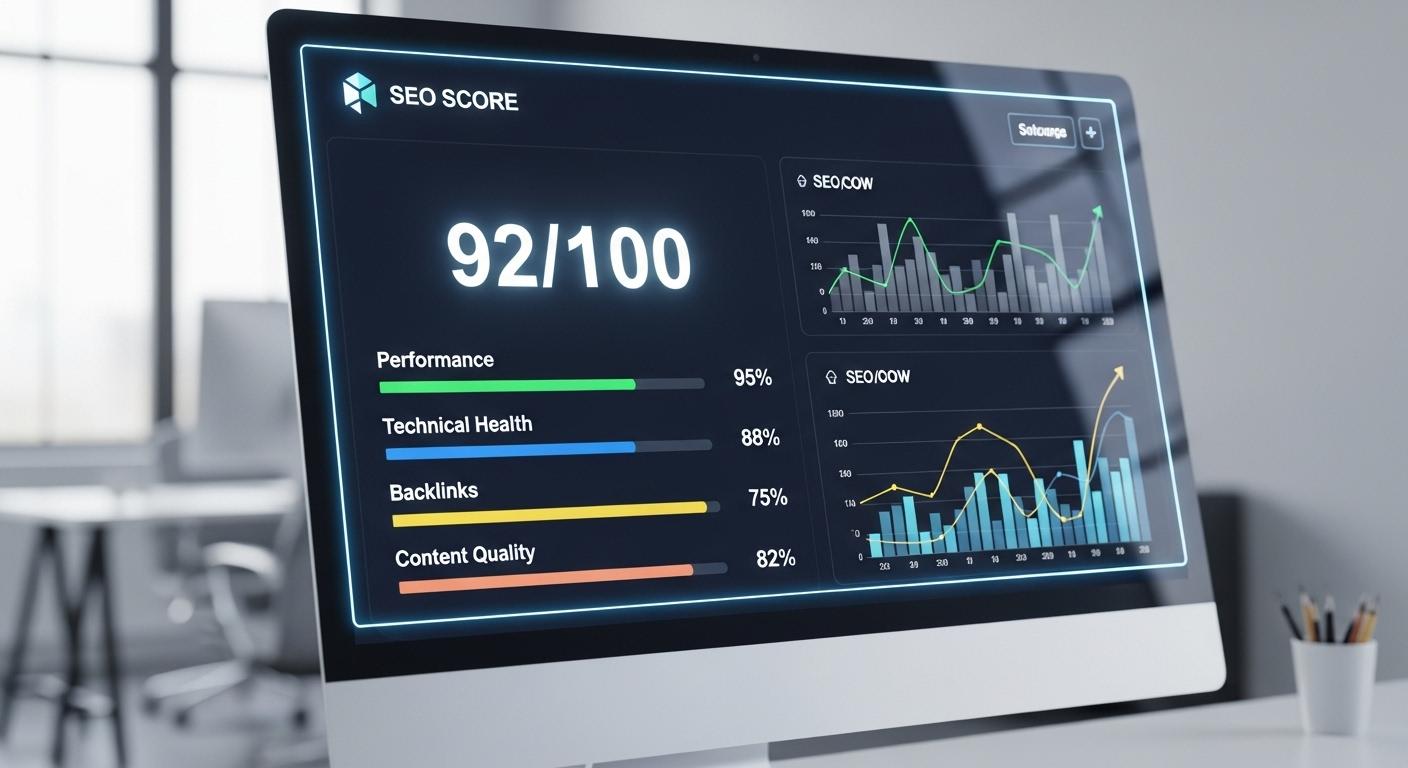
A slow site can feel like a roadblock for your business. It frustrates users, hurts your search rankings, and drives away potential customers. In fact, studies show that even a one-second delay in page load time can cut conversions by 7%. That’s why addressing website speed issues is critical for UX, SEO, and your bottom line. If you’ve ever asked yourself, “Why is my site slow?” you’re not alone. It’s a common problem with practical solutions.
In this article, we'll dive into why websites slow down, how to check if yours is slow, and share real cases where we’ve helped businesses improve site performance. From unoptimized images to server issues, we’ll uncover the culprits and show you how our team fixes them. Let’s get started!
Is Your Website Actually Slow? (Here’s How to Check It)
Wondering, “is my website slow?” It’s not just about how it feels. There are clear signs and tools to confirm it. Slow load times can lead to high bounce rates (when users leave quickly), fewer conversions, and complaints about slow loading on mobile. If visitors are avoiding you or your users are frustrated, it’s time to investigate.
Here’s how you can check the speed:
- Google PageSpeed Insights. This free tool scores your site’s performance on mobile and desktop. It offers suggestions to improve speed.
- GTmetrix. Provides detailed reports on load times and finds specific issues slowing your site.
- Lighthouse. It’s built into Chrome’s Developer Tools. It audits performance, accessibility, and more.
How can we work together to fix problems with our websites? When using these tools, pay attention to key metrics:
- First Contentful Paint (FCP). How long it takes for the first piece of content to appear.
- Largest Contentful Paint (LCP). The time it takes for the main content to load.
- Time to Interactive (TTI). When the page becomes fully clickable and responsive.
If these metrics are high (say, over 2-3 seconds), you need to act. Don't worry — how to fix a slow website starts with understanding the problem. And we’ll cover that next.
Top Reasons Why Your Website Loads Slowly (And How We Fix Them)
Ever asked, “Why is my site taking so long to load?” The answer often lies in a few common issues. Here are the top reasons for web pages loading slow and how our team tackles them:
- Large, Unoptimized Images. High-resolution images look great but can bloat your site. A single uncompressed image can take seconds to load. Fix: We compress images without losing quality and use modern formats like WebP. We also implement lazy loading. So, images only load when they’re visible.
- Bloated Plugins or JavaScript. Too many plugins (especially on WordPress sites) or heavy JavaScript files can slow things down. Fix: We audit plugins, remove unnecessary ones, and make non-critical scripts load after the main content.
- Slow Hosting or Server Response. Why is my website so slow? Cheap or overloaded hosting can lead to sluggish server response times. Fix: We recommend reliable hosting providers and optimize server settings. Adding a Content Delivery Network also brings content closer to users, speeding up delivery.
- No Caching or CDN. Without caching, your site reloads every resource for every visitor. No CDN means users far from your server wait longer. Fix: We set up browser caching and leverage CDNs like Cloudflare to store assets globally.
- Poor Mobile Performance. Many sites aren't optimized for mobile, where users expect lightning-fast load times. Fix: We prioritize responsive design and optimize assets for smaller screens.
By addressing these issues, we fix website speed and ensure your site runs smoothly for every visitor.
Real Optimization Cases: How We Boosted Load Speed by 3x
Nothing builds trust like results. Here are two real cases where we helped businesses improve performance and fix speed.
Shivaloka: WordPress E-Commerce Site. Problem: Shivaloka’s site struggled with web pages loading slow. This was due to high-quality images and dynamic elements. Users needed seamless navigation, fast payments, and mobile compatibility while maintaining SEO rankings.
Solutions:
- Optimized images with WebP and lazy loading. We paired this with a CDN to fix website loading slow on mobile.
- Designed a minimalist, intuitive interface with clear product filters (e.g., “Mantra Bracelets”).
- Integrated Stripe and PayPal for secure, multi-currency payments. It streamlined checkout to reduce cart abandonment.
- Enhanced SEO with keyword optimization, structured data, and a blog for content marketing.
- Ensured responsive design for all devices. We fixed slow loading on mobile.
Result: Load time dropped from 6 seconds to 1.9 seconds, boosting sales by 15% and resolving “why is my website slow?”
Lone Star Neurology: Mobile Blog Optimization. Problem: The blog site suffered from slow loading on mobile, poor navigation, and low search visibility. It made it hard for patients to access neurology services.
Solutions:
- Built a responsive WordPress site with a modern, user-friendly design for easy access to services and contact info.
- Optimized performance to improve fast load times across devices. We ensured fast load times across devices.
- Implemented SEO with keyword research and on-page tweaks to address “why is my site so slow?” and boost rankings.
- Created a content marketing strategy, delivering 20,000 words monthly to drive organic traffic.
Result: Mobile load time improved to 1.5s, passing Core Web Vitals and increasing engagement.
These cases show that with the right strategy, a slow site can become fast and user-friendly. Whether through compressing assets or streamlining code, we know how to fix slow website loading.
How We Work Together to Fix and Maintain Website Speed

If you’re wondering, “How can we work together to fix problems with our sites?” We have a simple, collaborative process to fix site speed and keep it fast.
Here’s how it works:
- Speed Audit. We start with a deep dive into your site using tools like PageSpeed Insights and GTmetrix. This pinpoints exactly what’s slowing you down.
- Custom Strategy. Based on the audit, we create a tailored plan. This might include optimizing images, setting up caching, or upgrading hosting.
- Implementation. Our team handles the technical fixes, from code tweaks to server configurations. We test everything to ensure no functionality is lost.
- Ongoing Support. Speed isn’t a one-time fix. We offer monitoring to catch new issues early and keep your site performing at its best.
You can choose a one-time optimization or ongoing maintenance to stay ahead of the “why is my website taking so long to load” question. Either way, we’re here to make your site fast and keep it that way.
Ready to speed up your site? Don’t let a slow site frustrate your visitors or hurt your business. Take the first step today. We’ll provide a free speed audit to identify what’s slowing you down.
Our expert team will analyze your site using tools like Google PageSpeed Insights and GTmetrix, delivering a detailed report on issues like unoptimized images, bloated code, or server delays. From there, we’ll craft a tailored plan to fix a slow site, implementing solutions like image compression, caching, or CDN integration. Whether you need a one-time fix or ongoing support, we're here to help. We'll ensure your site loads quickly, delights users, and boosts conversions. Let's work together to transform your site into a fast, user-friendly experience that keeps visitors coming back. Contact us now for your free audit and see results in days, not weeks! Don't wait — every second counts.
learn with mettevo
view blog


Are You Ready To Grow Your Website?
Understanding the ins and outs of website growth, we help ensure that your site grows over time with ever-increasing reach and accessibility. Not only do we employ the latest digital marketing techniques for driving traffic directly to your website, but our strategies also focus on gaining loyalty from those visitors so they come back again and again.
Leave your contacts to get a comprehensive and aggressive digital marketing plan taking your business to new heights.